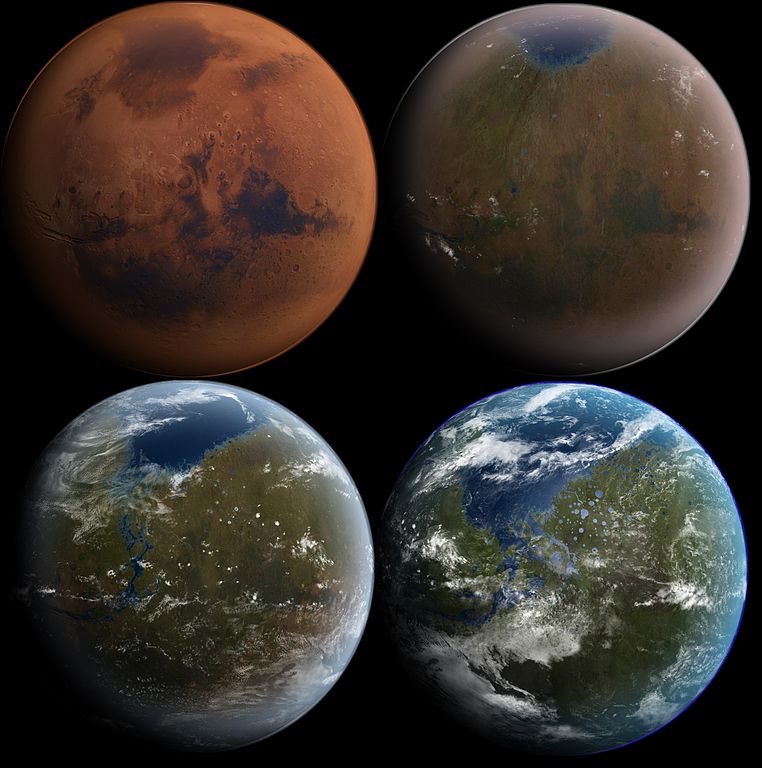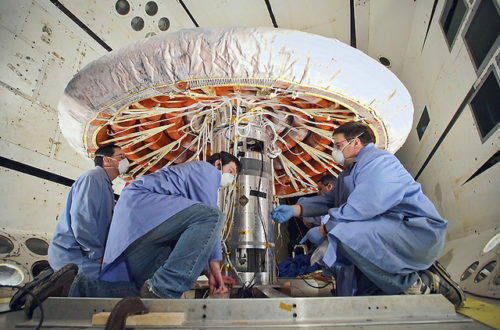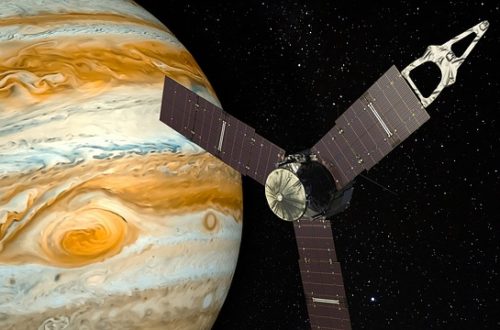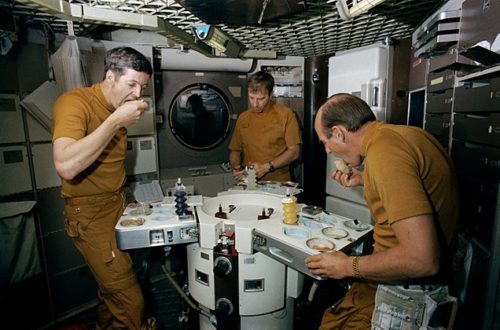Why Your Kids Will Live on Mars

Mars’s daytime temperature hits 35 ºC in the summer, yet plunges to -110 ºC at night in the winter. Its atmosphere is mostly carbon dioxide, and it faces intense radiation. But why the rush to reach Mars? How could it become habitable? Ultimately, making Mars a home for humans could be a groundbreaking step for us. There’s a push to turn this dream into reality, with innovators working on this cosmic goal.
Your kids will live on Mars, or so some experts believe. The idea isn’t just sci-fi; it’s a vision embraced by many. Becoming a multi-planetary species, starting with Mars, drives imagination and innovation. Despite being far-off, groundwork is underway, envisioning a future where Mars could be a familiar sight for generations.
The Urge to Explore
The drive to venture to Mars is rooted in humanity’s insatiable curiosity and thirst for exploration. Throughout history, our species has been driven by an innate curiosity, propelling us to explore the unknown.
Following the monumental Apollo moon landing in the 1960s, the momentum of exploration was hindered by waning political interest and limited resources allocated to space endeavors. Stepping foot on another celestial body holds the promise of reigniting this spirit of exploration and ushering humanity into a new era of discovery.
Moreover, the urge to establish a presence on Mars isn’t solely driven by curiosity. It’s also a pragmatic consideration as a contingency plan in the face of potential global catastrophes rendering Earth inhospitable.
Mars emerges as the most viable and proximate alternative for human habitation. Notably, Mars harbors essential resources like water and regolith, the very material constituting its surface dust, which could serve as building blocks for crucial elements, including concrete.
The fact that your kids will one day live on Mars might not just be a dreamy concept. Mars’s landscape, with its deep craters and intricate cave systems, offers potential shelters capable of shielding inhabitants from the detrimental effects of excessive radiation.
As humanity looks to the stars, Mars stands out as a pragmatic yet promising destination, offering not only a new frontier for exploration but also a potential refuge in an uncertain future.
Navigating Mars’s Challenges
Despite the myriad challenges Mars poses, the question lingers: why should we embark on this audacious journey? The answer lies in the inherent human spirit to tackle the unknown. Venturing to Mars presents an unprecedented challenge—one that beckons humanity to push beyond the boundaries of our current cosmic endeavors.
It’s been decades since humans ventured farther into the cosmos, and the call to confront Mars’ challenges resonates as the next monumental leap in our exploratory pursuits.
The allure of Mars doesn’t merely lie in the promise of success; it’s about embracing the challenge, even amidst looming doubts and potential setbacks. Human history is a testament to our insatiable curiosity and audacity, where the idea of abandoning exploration is akin to imagining a world without the very essence of human existence. The pursuit of exploration is ingrained in our nature.
As for the ‘how’ of reaching such a feat—establishing a civilization on Mars— it hinges on technological advancements. The trajectory toward this goal necessitates an unparalleled leap in technological prowess. Innovations in propulsion systems, life support technologies, terraforming methodologies, and sustainable resource utilization are integral steps towards transforming Mars into a habitable environment fit for human habitation.
Your kids living on Mars might seem like a bold assertion, but it’s a testament to humanity’s resolve to overcome challenges and pave the way for a future where Mars isn’t just a distant celestial body but a potential home for humanity’s children.
The journey to Mars is as much about technological innovation as it is about embodying the undying spirit of human exploration and the relentless pursuit of the unknown.
Elon Musk’s Mars Vision
Elon Musk stands as one of history’s most triumphant entrepreneurs, distinguished not only by his successes but also by his visionary perspective on the future. Musk approaches daunting odds as opportunities rather than obstacles, a trait vividly evident in his endeavors with Tesla, and notably SpaceX—the latter having a singular objective: ferrying humans to Mars.
For Musk, the necessity of becoming a multi-planetary species and fostering a civilization that extends beyond Earth is paramount. SpaceX spearheads this vision, and Musk’s blueprint entails launching a rocket, towering 16 stories high, from the Kennedy Space Center’s pad 39A in Florida—a launch site hallowed by the Apollo missions. The strategy involves the rocket propelling a crew capsule into Earth’s orbit while its booster autonomously returns to the launch pad, a feat SpaceX has been refining with remarkable progress.
The pivotal point of Musk’s strategy revolves around reusability—reusing rockets akin to the way wooden sailing ships facilitated the foundation of the United States. Musk envisions these reusable rockets carrying hundreds of people on each mission, a concept integral to his audacious plan of potentially establishing a Martian population nearing one million within the next century.
To enable sustainable habitation, SpaceX aims to utilize solar energy through deployed solar panels, a crucial resource conservation tactic during the journey.
While Musk’s vision might sound akin to science fiction, his tenacity and SpaceX’s strides suggest otherwise. Landing a mammoth rocket on a planet with a sparse atmosphere remains a formidable challenge, but Musk’s team is actively developing supersonic retrorockets to navigate this hurdle. Initially, missions will focus on supplying and setting up a depot on Mars, laying the groundwork for future ventures.
But Musk’s aspiration isn’t just about planting human footprints on Martian soil; it’s about establishing a thriving, permanent settlement, steering clear of a scenario akin to the Apollo missions—a fleeting visit that didn’t culminate in sustained exploration. Musk underscores the necessity of consistent and progressive missions to achieve the ultimate goal of becoming a multi-planetary civilization.
The grandiosity of Musk’s Mars vision might seem distant, yet his relentless pursuit and SpaceX’s strides are edging humanity closer to a future where kids living on Mars might not just be a speculative notion but a foreseeable reality.
Conclusion
As we witness the relentless drive of visionaries like Elon Musk, the realization of a mission to Mars edges closer to plausibility. Though our technology hasn’t yet reached the zenith required for such an intricate undertaking, its exponential growth hints at imminent breakthroughs.
If the fervor for exploration remains intertwined with this rapid technological advancement, envisioning a future where humanity spans across Earth and Mars within the next five decades doesn’t seem implausible. However, Musk’s audacious ambition foresees this feat within the next two decades.
Should Musk’s aspirations materialize, the prospect of sharing Mars with our families looms not in a distant tomorrow but on a foreseeable horizon. It’s this kind of future that ignites a spark of excitement, propelling us into each new day with the anticipation of what lies ahead—a day when your kids will live on Mars.
Would you like to receive similar articles by email?





